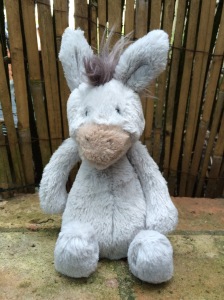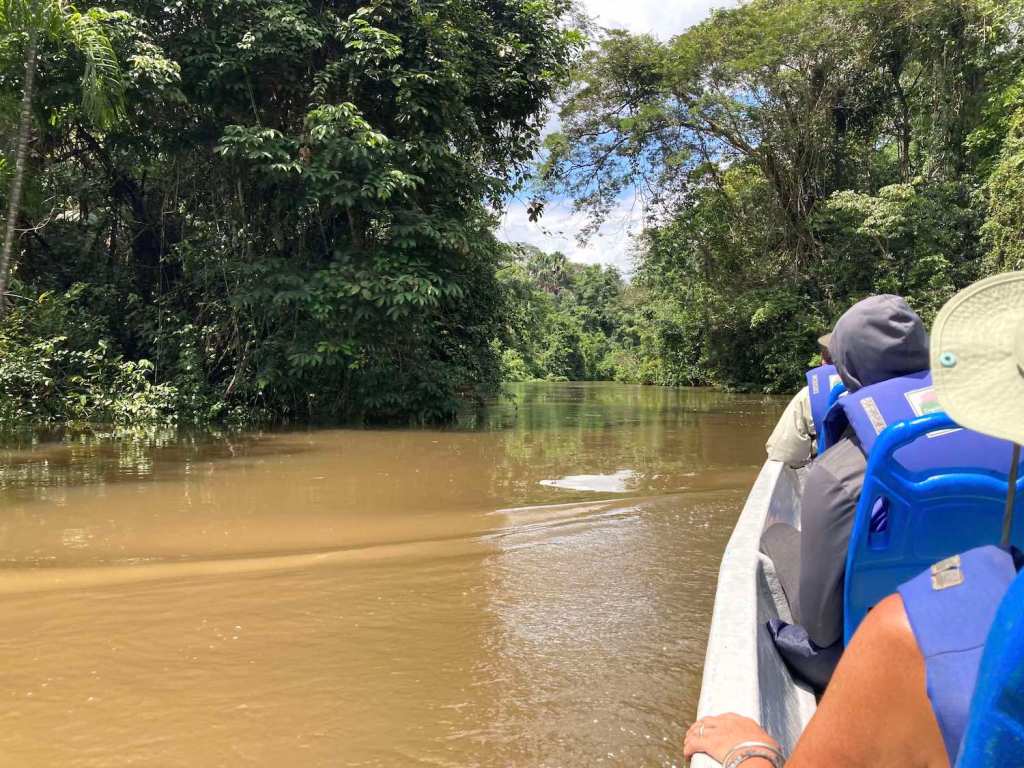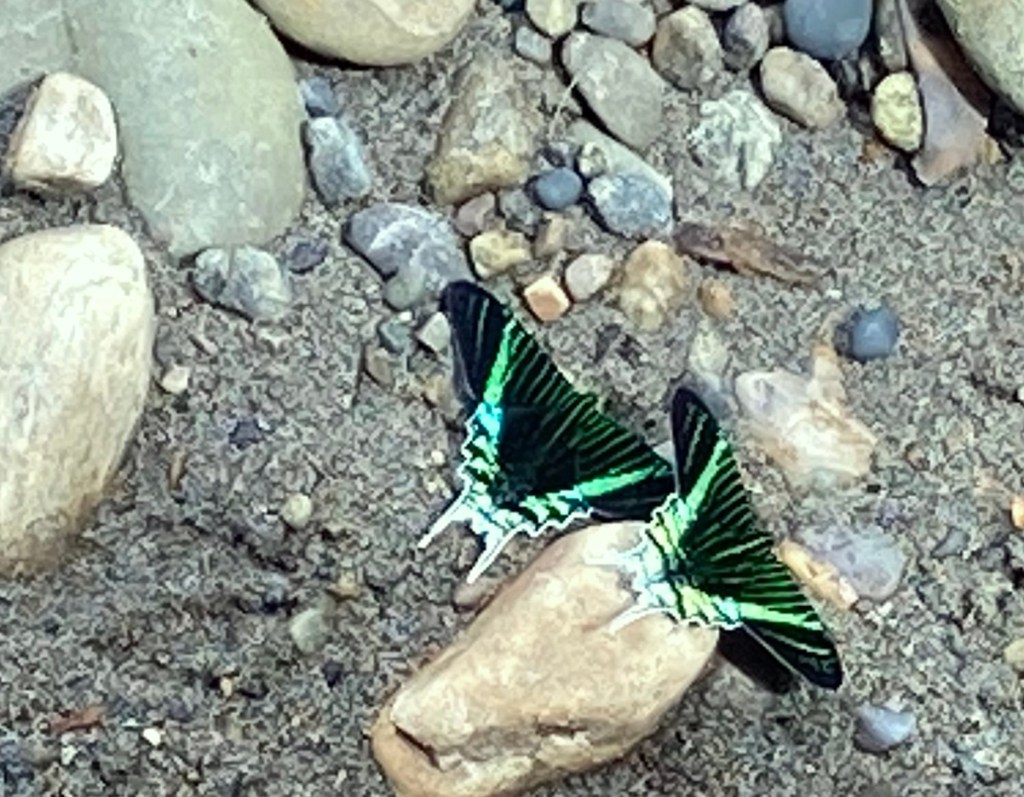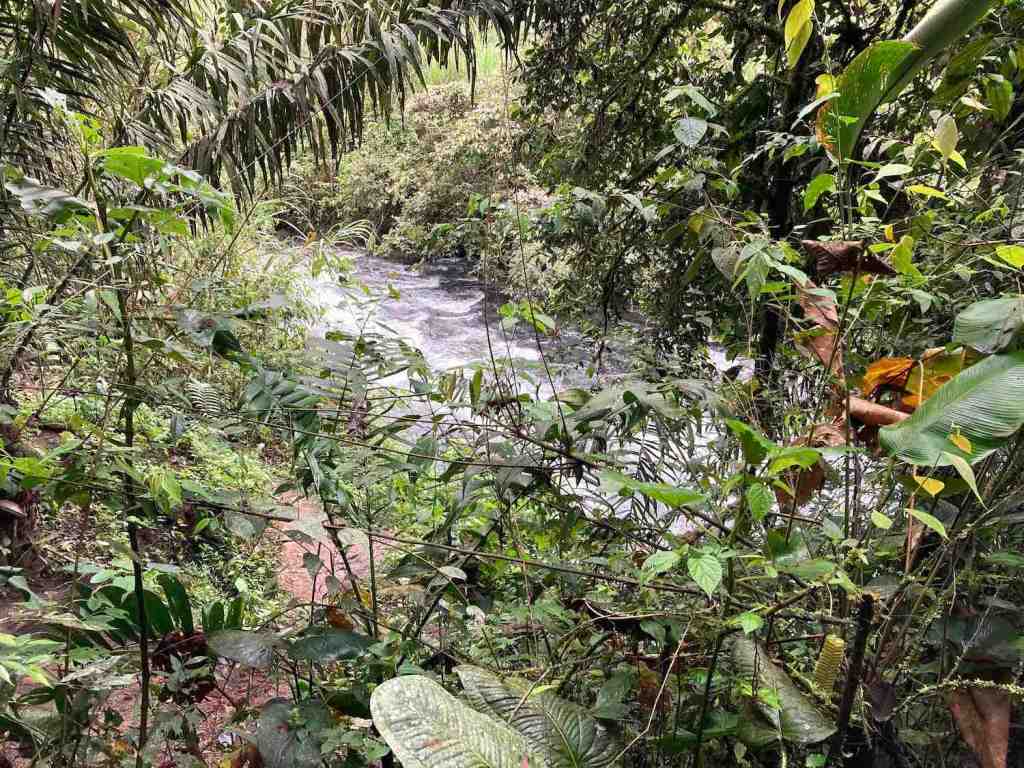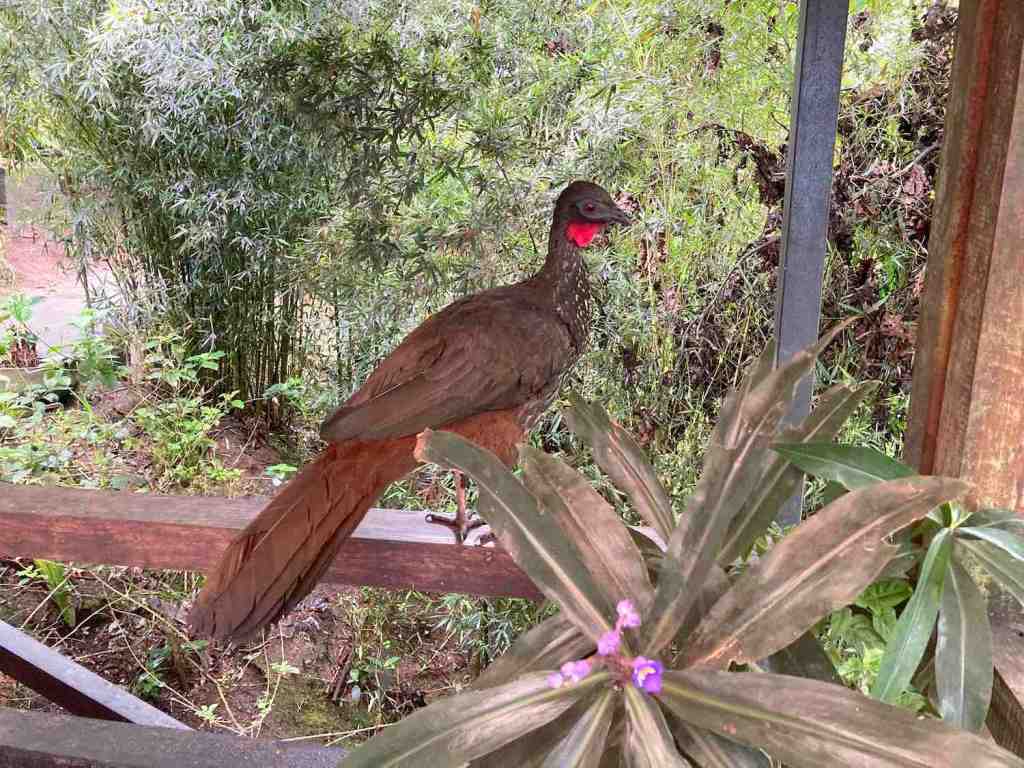Most of DonQui’s time in the Cuyabeno reserve is spent exploring the magnificent primeval rainforest by canoe (sometimes motorised and sometimes paddling) and on foot.

The trails through the jungle often resemble rivers. There is a clue in the name ‘rainforest’ but although it is the rainy season, DonQui is very lucky that the weather is bright and clear during the days he is there. It is very hot and humid. After a couple of hours trotting and wading through the forest he is soaked with sweat.

DonQui’s wonderful guide, Victor Hugo, is very knowledgeable about the flora and fauna. Here is is demonstrating the uses of sap from the copal tree as an instant fire lighter, candle and also (thanks to its strong menthol aroma) insect repellent.

His ability to find even the smallest animals and insects is uncanny.

This is a ‘walking tree’ so called because it has ‘legs’ rather than fixed roots. It is able to shift its position by growing new legs and discarding old ones in the never ending search for that little bit of sunlight coming down through the canopy.
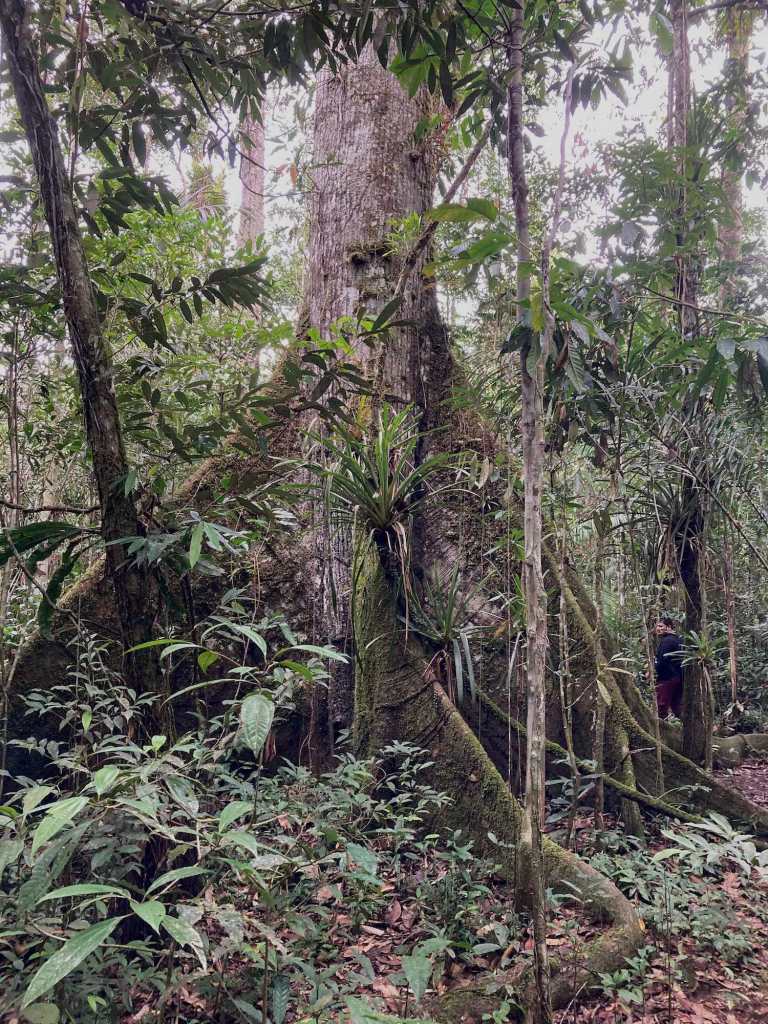
Looking a little like a rocket with its ‘tail fin’ roots this tall ceiba tree is probably around 600 years old.

Towards sunset DonQui takes advantage of the opportunity to swim in the river at Lago Grande — a wide lagoon at the confluence of two tributaries.
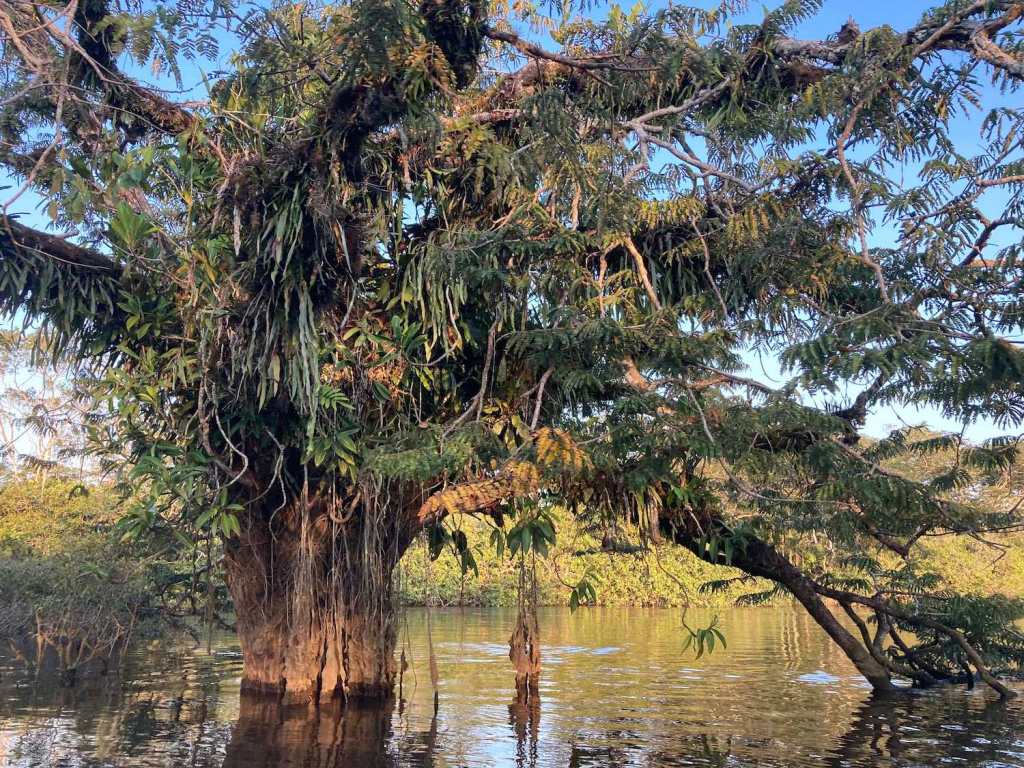
DonQui learns that this lagoon, now swollen with rainwater, is little more than a mud-flat at the height of the dry season in September.

The sunset over Lago Grande is amazing. So too are the stars that come out shortly afterwards.

After sunset a night walk through the forest reveals a hidden world of caymans, snakes and spiders. DonQui would have liked to have seen an anaconda but although he encounters several boa constrictors, anacondas elude him. Apparently they are easier to spot in the dry season. He does however, have a close encounter with a tarantula. This DonQui finds a little challenging as he has a few spider issues.

During the course of his explorations DonQui sees and hears a huge variety of birds including parrots, toucans and macaws. His favourite is the stinking turkey (hoatzin). DonQui thinks they look a little bit like comedy cartoon characters.
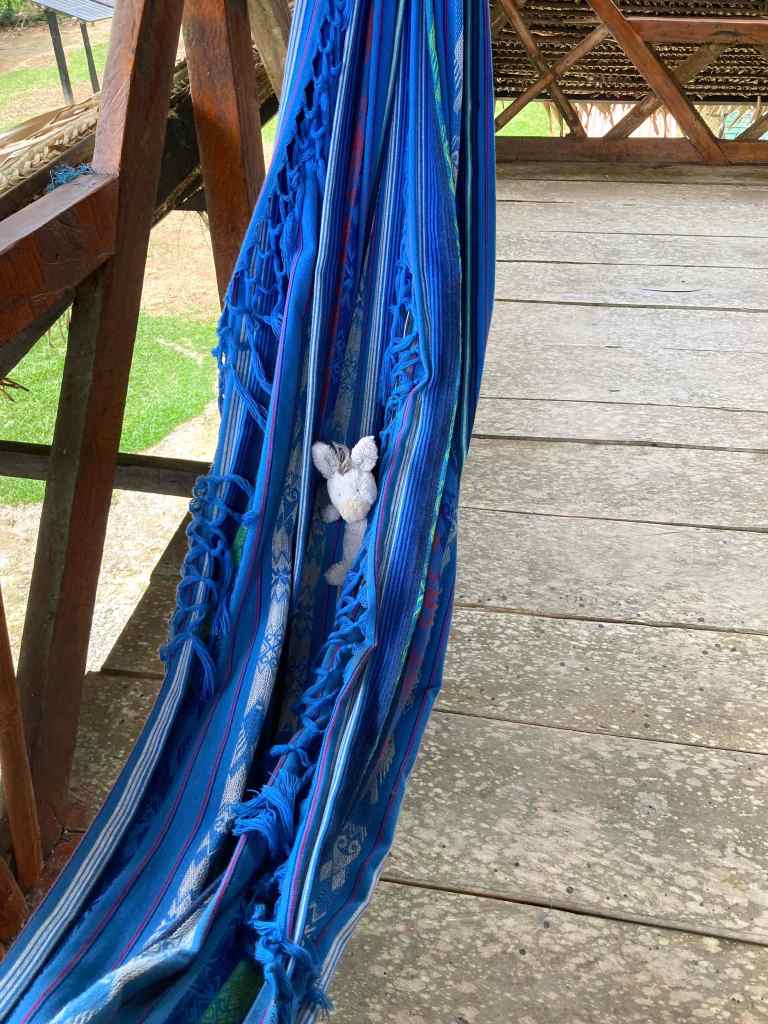
In between exploratory excursions there are a couple of free hours after lunch to rest and relax. Invariably DonQui drifts off to sleep exhausted from long walks and canoe trips in the humid heat.

The absolute highlight is several sightings of pink (actually pinkish-grey) Amazonian fresh water dolphins — one of which DonQui sees frolicking just a few feet from the dock of the lodge. They only surface for a fraction of a second before going back under the dark murky water with a quick flip of a tail fin. This is a stock image as they were are far too quick for DonQui to capture a photo. According to Victor Hugo they become more pink in the mating season (May) and at that time they also leap further out of the water.
